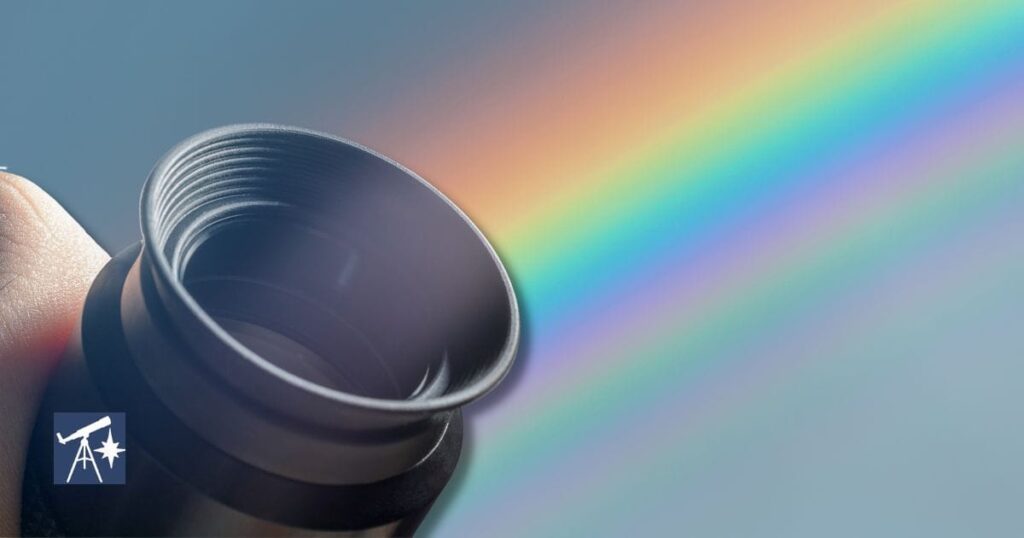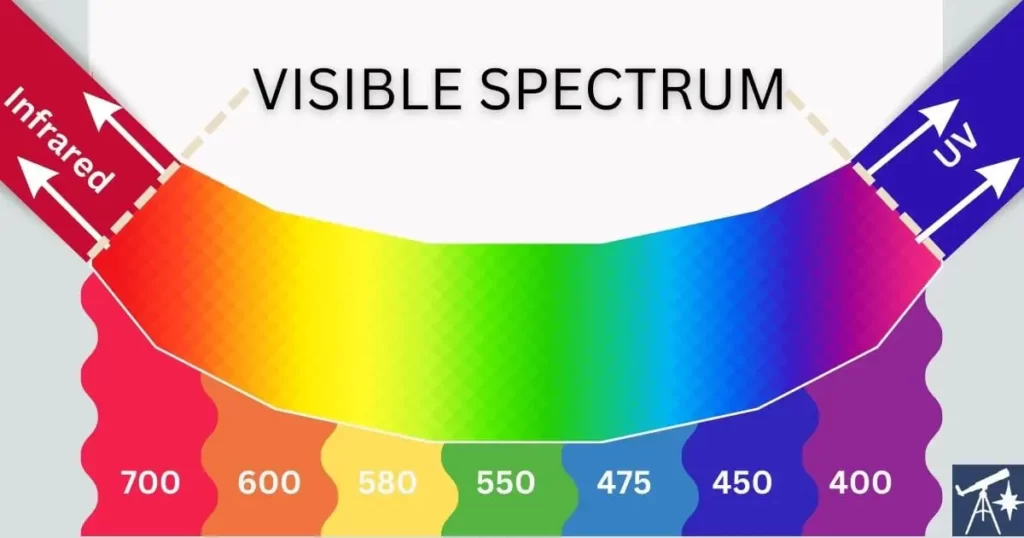Are you ready for the ultimate showdown in optical coatings? In one corner, we have Fully Broadband, boasting its wide range of benefits. And in the other corner, we have Ultra-Wide Band, claiming its superiority in clarity and contrast. Let’s explore the pros and cons of each contender and see who comes out on top!

Fully broadband multicoated and ultra-wide bands are multi-layered optical coatings offering anti-reflective (AR) technology to give better images when viewing through the lens.
What to know when looking to buy extra eyepieces…
Whereas single-coated counters the reflection of one wavelength — commonly 550 nanometers (nm) — multi-coated counters a broader range of wavelengths in the visible light spectrum (380–700 nm) — the light the human eye can detect.
This anti-reflection allows more light to pass, improving your view, and offering sharper and higher contrast images when looking through your telescope or binoculars.

Adapted from source.
Multi-coated means many layers of film cover one or more of the eyepiece glass elements making it non-reflective for more than one wavelength band in the visible light spectrum.
Fully multi-coated means that all the glass elements in the eyepiece are coated with more than one AR layer.
Never use harsh chemicals to clean eyepieces or you risk harming the special AR coatings. See my article on how to clean eyepieces.
Meaning of fully broadband multi-coated
Multi layers make up the broadband multi-coated eyepieces.
It stands to reason that a fully broadband multi-coated means all glass elements have multiple layers, making the eyepiece non-reflective of all or many of the wavelength bands.
According to Celestron ‘fully broadband multi-coated’ extends the range of bands beyond what you’d get with solely fully multi-coated. They fail to explain the number of layers or wavelengths involved.
Broadband simply means, in this context, many wavelength bands. It’s hard to distinguish it from ‘multi-coated’ based on the information available and may simply be a marketing approach.
What about Ultra-wide band Coatings
Ultra-wide band coatings are said to provide much brighter images than standard multilayer coated versions by allowing more light transmission across most visible wavelengths of light.

SVBONY SV503 Telescope 80ED F7 Telescope OTA Focal Length 560mm for Exceptional Viewing and Astrophotography (Amazon affiliate link)
SVBONY is a telescope company using ultra-wideband technology for coatings on its optical lenses. Sky Rover is another that markets an XMA eyepiece with ultra-wideband coating technology.
Penned as super multi-coating (SMC) by Pentax, the ultra-wideband coating is “a dramatic improvement in both color fidelity and brightness and the elimination of flare and ghost images.”
The technology, according to Pentax, involves seven layers of coating to cut reflection to 0.2% per glass surface.
It is one of several options in optical coating to reduce reflection you’ll find when looking to buy eyepieces, telescopes, or binoculars!
